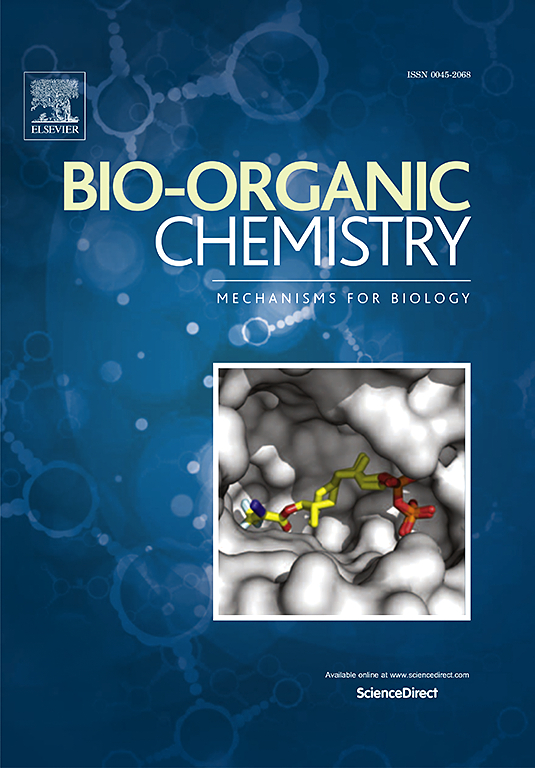Dehydroepiandrosterone ameliorates primary dysmenorrhea by suppressing the SP1/Hsp90ab1/COX-2 signaling pathway
IF 4.5
2区 医学
Q1 BIOCHEMISTRY & MOLECULAR BIOLOGY
引用次数: 0
Abstract
Androgens play a protective role in alleviating chronic pain in women, including pelvic pain; however, their specific role and underlying mechanism in the treatment of primary dysmenorrhea (PD) remain unclear. In this study, clinical data revealed that women with PD exhibited reduced serum testosterone levels, which were inversely correlated with the severity of dysmenorrhea compared to healthy controls. Using a mouse model of PD, we observed significant upregulation of Hsp90ab1 and the PD markers COX-2 in the uterus. Treatment with dehydroepiandrosterone (DHEA), an androgen precursor, suppressed the uterine expression of Hsp90ab1 and COX-2, alleviating pain symptoms. Notably, pharmacological inhibition of Hsp90ab1 with geldanamycin reduced COX-2 expression by inactivating the p-p38 and p-JNK signaling pathways, and effectively mitigated PD. Further analysis identified specificity protein 1 (SP1) as a key driver of Hsp90ab1 transcription through its binding to the promoter region. Inhibition of SP1 using plicamycin reduced Hsp90ab1 expression, alleviated pain, and decreased uterine edema in the mouse model. Conversely, lentiviral overexpression of Hsp90ab1 reversed the therapeutic effects of DHEA, including nociception relief, reduction of uterine edema, and suppression of COX-2 expression. These findings suggest that androgen deficiency triggers SP1-mediated upregulation of Hsp90ab1 and COX-2, forming a critical regulatory loop that exacerbates menstrual cramps. Targeting this pathway represents a promising therapeutic strategy for managing PD.

求助全文
约1分钟内获得全文
求助全文
来源期刊

Bioorganic Chemistry
生物-生化与分子生物学
CiteScore
9.70
自引率
3.90%
发文量
679
审稿时长
31 days
期刊介绍:
Bioorganic Chemistry publishes research that addresses biological questions at the molecular level, using organic chemistry and principles of physical organic chemistry. The scope of the journal covers a range of topics at the organic chemistry-biology interface, including: enzyme catalysis, biotransformation and enzyme inhibition; nucleic acids chemistry; medicinal chemistry; natural product chemistry, natural product synthesis and natural product biosynthesis; antimicrobial agents; lipid and peptide chemistry; biophysical chemistry; biological probes; bio-orthogonal chemistry and biomimetic chemistry.
For manuscripts dealing with synthetic bioactive compounds, the Journal requires that the molecular target of the compounds described must be known, and must be demonstrated experimentally in the manuscript. For studies involving natural products, if the molecular target is unknown, some data beyond simple cell-based toxicity studies to provide insight into the mechanism of action is required. Studies supported by molecular docking are welcome, but must be supported by experimental data. The Journal does not consider manuscripts that are purely theoretical or computational in nature.
The Journal publishes regular articles, short communications and reviews. Reviews are normally invited by Editors or Editorial Board members. Authors of unsolicited reviews should first contact an Editor or Editorial Board member to determine whether the proposed article is within the scope of the Journal.
 求助内容:
求助内容: 应助结果提醒方式:
应助结果提醒方式:


